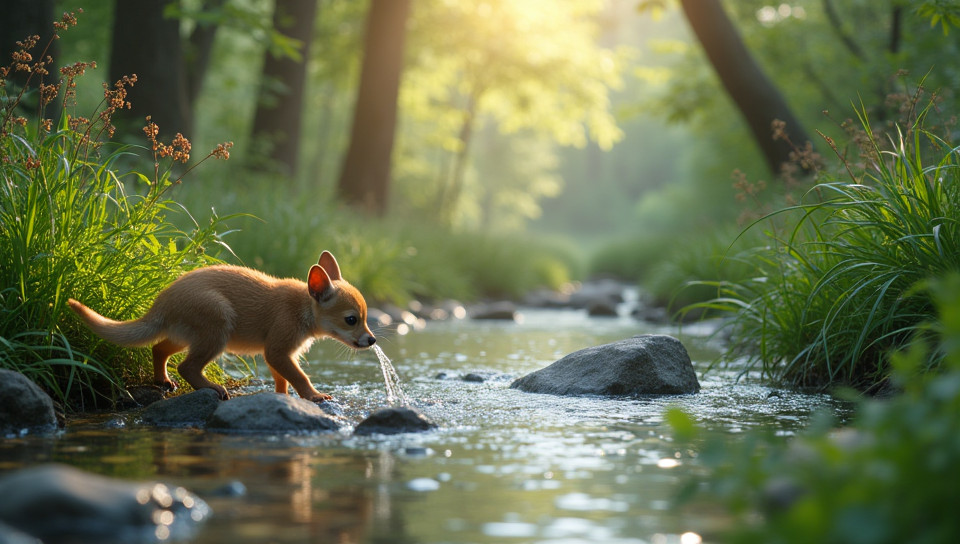Conserving water helps preserve natural habitats and wildlife naturally 94%

Conserving Water, Preserving Nature
As we go about our daily lives, it's easy to take for granted the simple things – like turning on the tap and having clean water flow out. But have you ever stopped to think about where that water comes from? And what happens when we waste it? The truth is, conserving water isn't just a personal responsibility; it has a direct impact on our planet's natural habitats and the incredible wildlife that calls them home.
The Water Cycle: A Delicate Balance
The water cycle is an intricate process that sustains life on Earth. Water evaporates from oceans, lakes, and rivers, forming clouds that eventually produce precipitation. But when we waste water, it can disrupt this delicate balance, leading to droughts, floods, and other environmental disasters.
The Impact on Natural Habitats
Conserving water helps preserve natural habitats in several ways:
- Protecting wetlands and aquatic ecosystems
- Preserving forests and grasslands that rely on consistent rainfall
- Maintaining the health of rivers and streams, which support countless species of fish and other aquatic life
- Supporting biodiversity by maintaining healthy populations of plants and animals
The Ripple Effect: How Water Conservation Affects Wildlife
When we conserve water, we're not just protecting the environment; we're also helping to preserve the incredible diversity of wildlife that depends on it. From majestic elephants that roam savannas in search of drinking water, to tiny fish that dart through coral reefs, every species plays a vital role in maintaining the balance of our ecosystem.
Taking Action: Simple Ways to Conserve Water
So what can you do to make a difference? Here are some simple ways to conserve water:
- Fix leaks promptly to avoid wasting up to 20 gallons per day
- Use low-flow showerheads and toilets to reduce consumption
- Harvest rainwater for non-potable uses like watering plants or washing cars
- Support organizations that work to protect and restore natural habitats
Conclusion
Conserving water is a critical step in preserving the natural beauty of our planet. By taking simple actions, we can make a significant impact on protecting wildlife habitats and ecosystems. So next time you turn on the tap, remember: every drop counts!
- Created by: Sophia Evans
- Created at: Aug. 19, 2024, 11:48 p.m.
- ID: 7820
